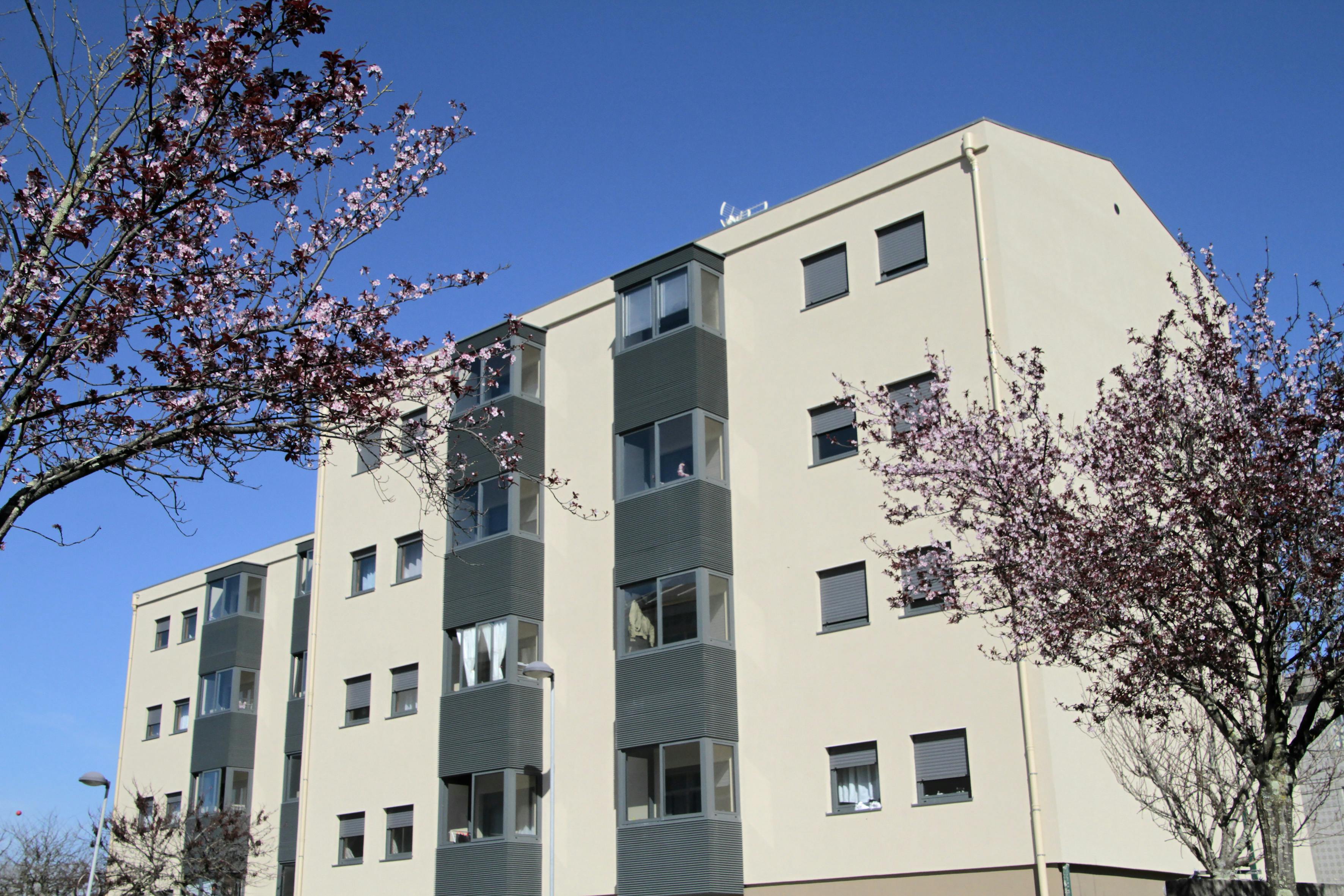January 2023
Case Study #05 – MH, EM

Why this case?
Data for sustainability
The route towards Sustainability and Circular Economy relies on different dimensions such as the Environment, the Technical Performance of products and systems, Digitization and Waste Management.
Notwithstanding the different legal and regulatory frameworks, all these aspects find common points in the Digital Product Passports and in the LEVEL(s) methodology.
Case Study #05 aims to evaluate the Level(s) of data requirements and to which extent these are already part of the properties disclosed under the Digital Product Passports ecosystem.
Case Details
MatosinhosHabit, EM
- Project
CH de Custóias
- Location
Matosinhos
- Owner
MatosinhosHabit, EM
- Intervention
Complete Renovation
- Number of houses
58 (after renovation)
Overview
The different steps of the project
All case studies follow the same structure and similar approach setting the background for guidelines, innovative processes, or sustainability goals disclosure.
Case Study #05 explores Level(s) methodology and all indicators at the highest level of demand, Level 3. An evaluation of the data requirements for each allows the understanding of the cluster of datasets/properties needed for this methodology to be streamline implemented.
- 01
Case History
Aiming at performing a Level(s) analysis in one of the buildings of the Custóias CH after the renovation intervention, the case study seeks to identify which product data is needed in order to deliver the different indicators of this methodology at a level corresponding to L3.
In this context, all indicators from the Level(s) common framework are assessed using as support the existing documentation and calculation tool made available at:
https://environment.ec.europa.eu/topics/circular-economy/levels/elearning-and-tools_en
- 02
Case Plan
Following the definition of the objectives and scope, Level(s) was studied, namely in what relates to data requirements in each indicator and the elements from the renovation design were evaluated to understand to which extent they would provide a positive answer to the data needs. Discussion on the results is made, focusing on the needed improvements.
- 03
Case Development
To identify the data that is requested by Level(s), particularly the data on construction products, all indicators were selected, and the highest level available in the estimation tool was activated.
One by one, all indicators were evaluated and confronted with the existing data.
- 04
Case Outcomes
In a "traditional" design process, accommodating the concerns foreseen in the legislation in force, it seems feasible to implement Level(s) in 10 of the 16 indicators, while in 2 others, a partial implementation could be accomplished.
The high number of indicators estimated is associated with the need to produce an Energy Certificate, which, as seen, is the basis for several indicators.
The processes developed for the GrowingCircle Case Studies enable the full implementation of the 2 indicators mentioned above and 3 others related to waste and Environmental Product Declarations (EPD).
Indicator 6.1, related to Life Cycle Cost, is considered the most difficult to implement due to the sensitive nature of the information required.
The progress in diffusing product data and its digitalization will enable a faster estimation of some indicators, especially those directly using such data.
The traditional process is supposed to be viable. However, the effort and time required for the collection and introduction of data in the Level(s) calculator tool and indicators estimation needs to be better assessed.
The digitalization of the energy performance certificates and the definition of a properly detailed Bill of Quantities, with the relevant information and adequate to the construction and subsequent deconstruction, are assumed as fundamental actions for rapid and comprehensive analysis of the Level(s) indicators in the more detailed Levels.







